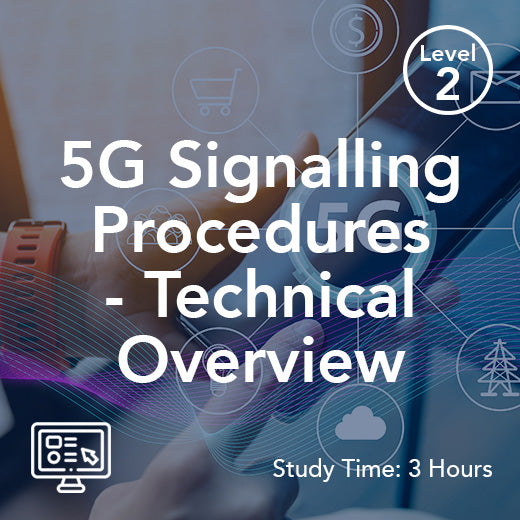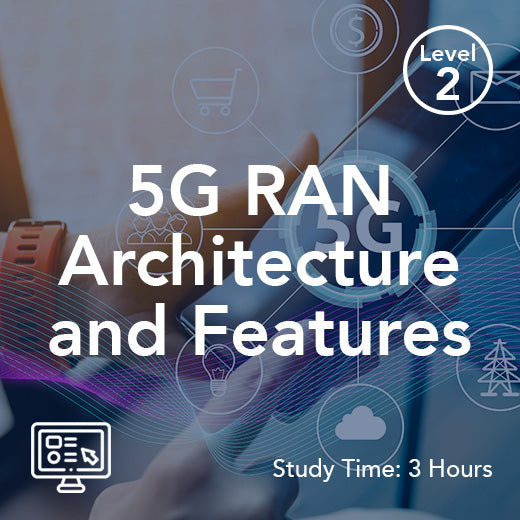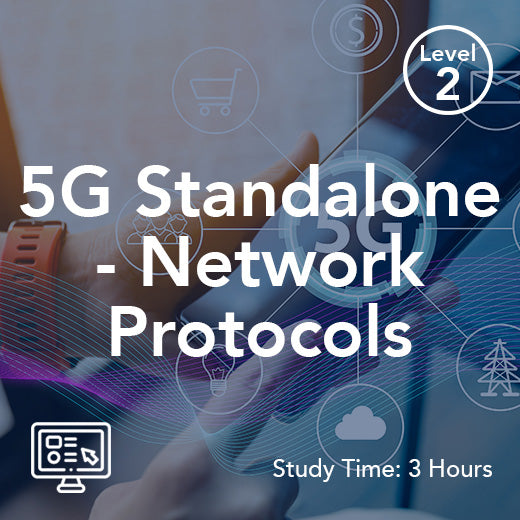Where Are 5G Frequency Bands
- , by Stephanie Burrell
- 5 min reading time
The 5G frequency bands are located in the high-frequency range of the electromagnetic spectrum. 5G operates across three frequency bands: low, mid, and mm wave bands. Low frequency bands (such as 700MHz and other bands) provide wide-area coverage and better indoor penetration, mid bands offer a balance of speed and coverage, and mm wave bands (24–100 GHz) deliver ultra-fast speeds but cover only short distances. The use of low frequency bands, including 700MHz and other bands, is essential for improving coverage in rural and indoor locations. Spectrum is a finite resource, and spectrum auctions are held in various countries to allocate these bands for 5G deployment. Contiguous spectrum is important to achieve optimal network performance and capacity. 5G networks are composed of cellular networks, with base stations and equipment operating to transmit and receive signals to and from mobile devices. 5G technology enables mobile communications for a wide range of devices, supporting applications with strict latency requirements and high data rates. Examples of 5G benefits include supporting IoT, autonomous vehicles, and enabling new applications by taking advantage of advanced features. 5G signals, especially in mm wave bands, travel only short distances and require more base stations for effective coverage. 5G standards and frequency bands are defined by international organizations, and research has shown no adverse health effects or harmful radiation exposure occur from operating 5G equipment within established safety limits. Ongoing research and regulatory oversight ensure that exposure from 5G transmitting equipment remains well below safety thresholds.
The millimeter wave (mmWave) spectrum ranges from 24 GHz to 100 GHz, and the mid-band spectrum ranges from 2.5 GHz to 6 GHz. The high-frequency nature of these bands allows for faster data speeds and lower latency compared to previous generations of mobile networks. In addition, the use of multiple bands allows for better coverage and capacity in different areas, making 5G a versatile and powerful technology for the telecom industry.
-
Share on:
-
-
-
-
-
-
Introduction to 5G
5G represents the next leap forward in mobile communication, offering a dramatic improvement in speed, connectivity, and responsiveness compared to previous generations. With the deployment of 5G networks, users can experience ultra low latency and support for a large number of devices simultaneously, making it possible to unlock new technologies and applications that were previously out of reach. This new generation of mobile technology is designed to meet the demands of modern life, enabling innovations such as autonomous vehicles, smart cities, and the Internet of Things (IoT). The ability of 5G to deliver lower latency and higher data rates is set to transform industries ranging from healthcare to manufacturing, while also enhancing everyday mobile experiences. As 5G networks continue to roll out, they are laying the foundation for a more connected world, supporting the vast array of devices and services that define the future of technology.
Frequency Bands
Frequency bands are the backbone of 5G technology, defining the specific ranges of radio waves that mobile networks use to transmit data between devices and base stations. In 5G networks, these frequency bands are organized into three main categories: low band, mid band, and high band. Each frequency band offers distinct advantages and is suited to different types of coverage, capacity, and performance requirements. By strategically utilizing these spectrum bands, mobile networks can deliver reliable service to a wide variety of devices and applications, from everyday mobile communication to advanced industrial uses. Understanding how these bands operate is crucial for optimizing network performance and ensuring that 5G technology can meet the diverse needs of users and industries.
Low Band
Low band frequencies, typically found below 1 GHz, are prized for their ability to provide blanket coverage across long distances. This makes them especially valuable for reaching rural areas and regions with limited infrastructure, where maintaining consistent mobile service can be challenging. Although low band frequencies offer lower speeds and capacity compared to mid and high bands, their signals can easily penetrate buildings, trees, and other obstacles, ensuring reliable connectivity even in challenging environments. As a result, low band is often used as a foundational coverage layer in 5G networks, ensuring that essential mobile services are accessible to as many people as possible. For example, T-Mobile has leveraged low band frequencies to extend 5G coverage into rural communities, helping to bridge the digital divide and bring advanced mobile communication to underserved areas.
Mid Band
Mid band frequencies, generally ranging from 1 GHz to 6 GHz, strike a balance between coverage and capacity, making them a key component of modern 5G networks. These frequencies offer higher speeds and greater capacity than low band frequencies, while still providing a reasonable coverage area. This makes mid band spectrum ideal for densely populated urban environments, where there is a high demand for fast, reliable mobile broadband and support for new applications like smart cities and autonomous vehicles. The mid band is often used to create a middle layer of service, delivering both the speed and connectivity required for advanced mobile applications. By deploying mid band frequencies, network operators can support the growing number of IoT devices and enable innovative services that require robust, low-latency connections.
High Band
High band frequencies, typically above 6 GHz, are known for their exceptional capacity and ultra-fast data speeds, making them perfect for applications that demand ultra low latency and high throughput. These higher frequency bands, including millimeter wave (mmWave) bands, are essential for supporting mission-critical communications, advanced IoT devices, and immersive experiences like virtual and augmented reality. However, high band frequencies have a limited range and are more susceptible to interference from obstacles, which means they are best suited for targeted deployments in areas with high data demand, such as stadiums, city centers, and industrial sites. Despite these limitations, the use of high band frequencies in 5G networks has enabled groundbreaking applications, such as remote surgery and autonomous vehicles, where ultra-low latency and high-speed connectivity are crucial for performance and safety. By integrating high band spectrum, 5G networks can deliver the next level of mobile communication capabilities, supporting the most demanding new technologies and services.

































